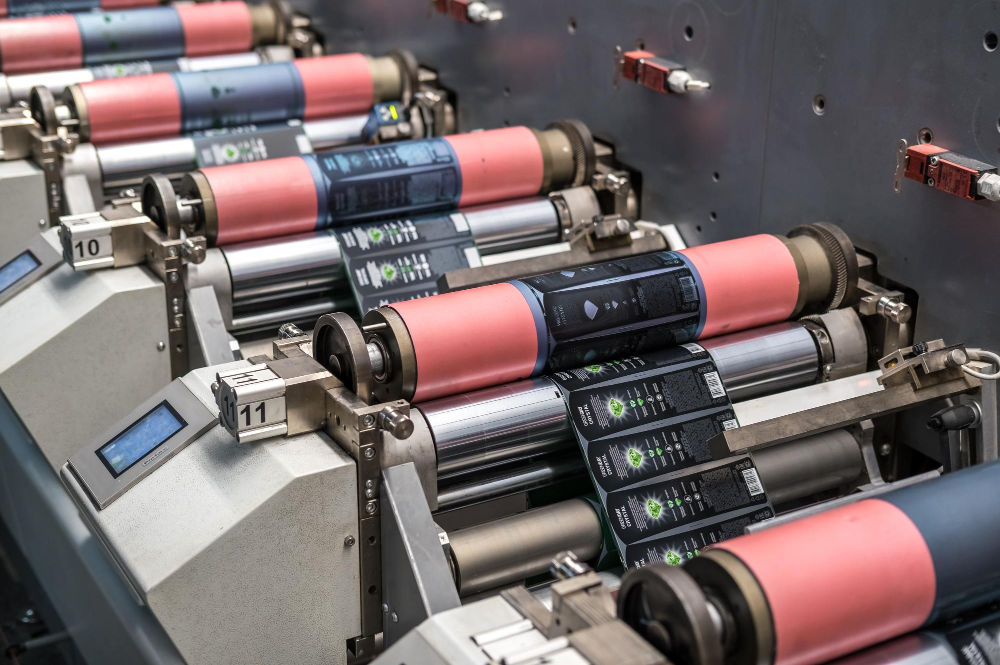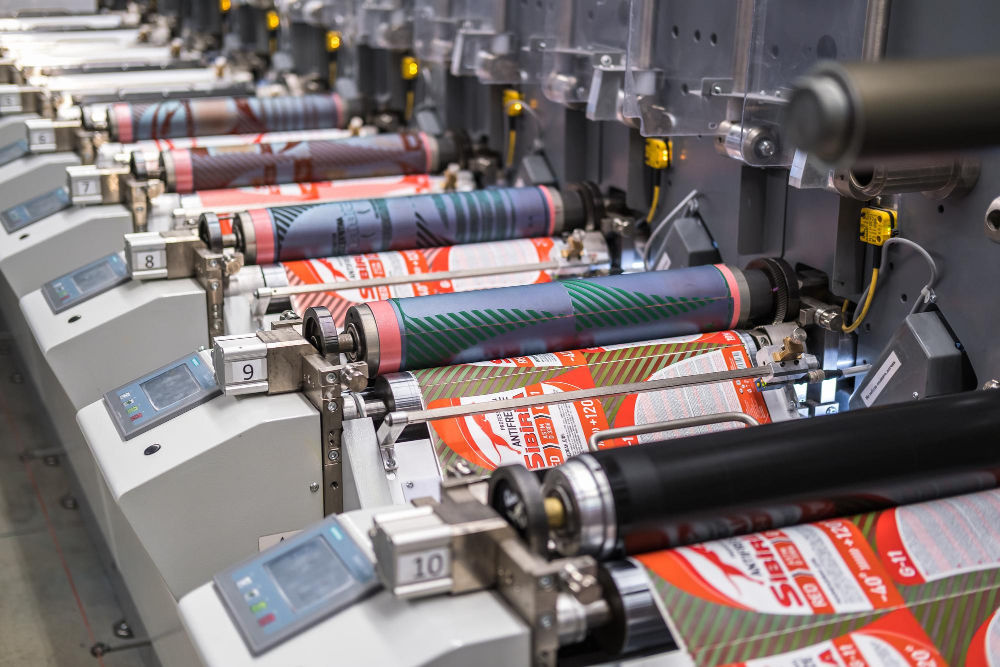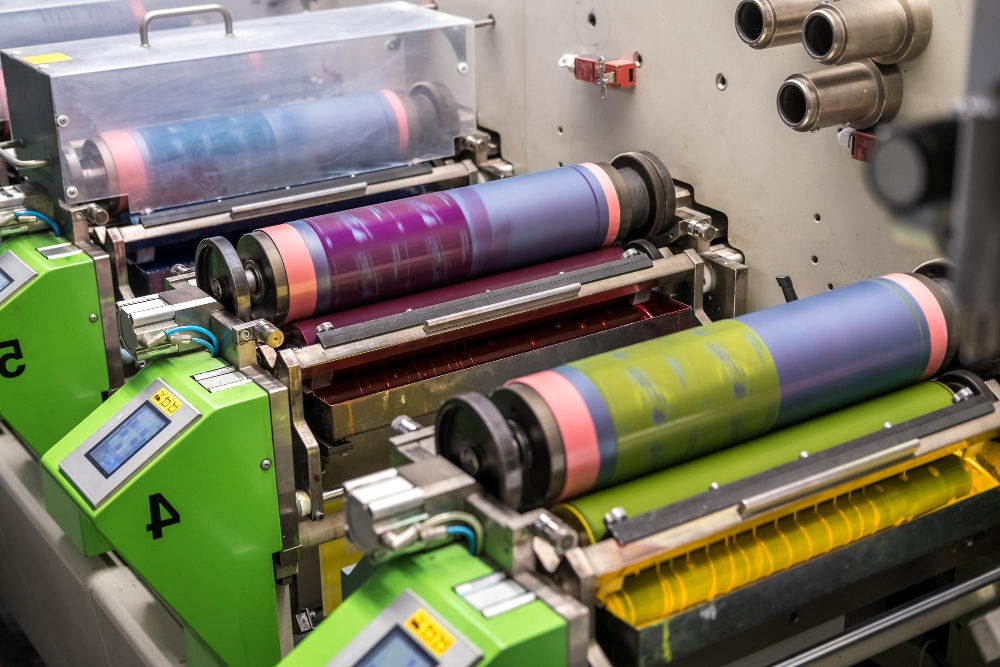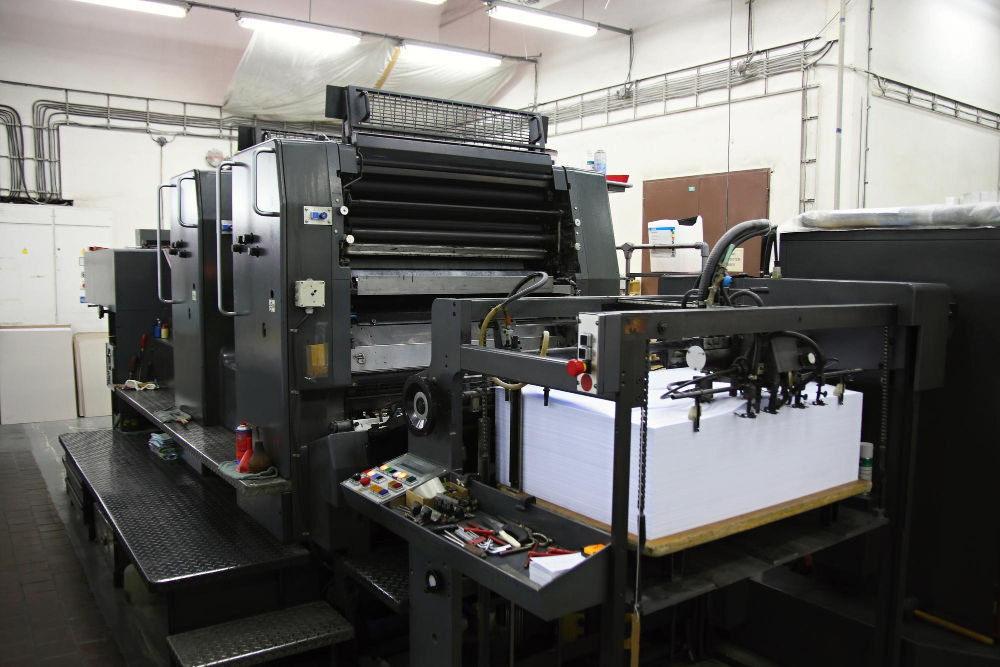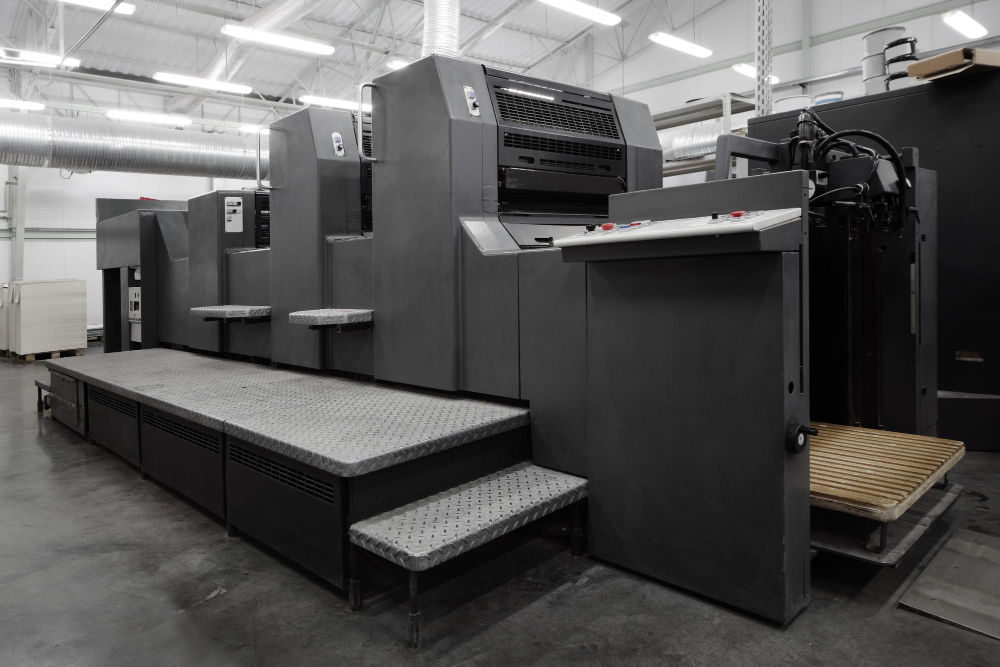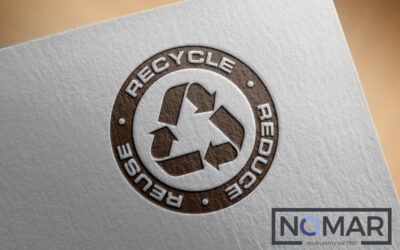Offset printing is one of the most advanced printing techniques that has been successfully serving the printing industry for decades. This process, based on the principle of recoil attraction of ink and oil, enables the precise and mass reproduction of graphics on paper. It is a technology that has revolutionized the printing industry, offering excellent quality and production efficiency.
The history of offset printing
Offset printing, although currently considered one of the most advanced printing techniques, has its roots in the 19th century. Its evolution is linked to several key historical moments.
The origins of offset printing date back to the 1870s, when French printer Firmin Gillot began experimenting with image transfer techniques using a cylinder. His inventions laid the foundations for later developments in the field of printing.
In 1903-1904, German engineer Ira Washington Rubel and his brother Clarence Rubel introduced key improvements to the offset printing process. The use of a rubber coating on the transfer cylinder was a breakthrough, allowing images to be transferred to paper more precisely and efficiently.
After World War I, offset printing technology gained popularity and the industry began to develop dynamically. The introduction of mass production of newspapers, magazines and other publications enabled the further development of this printing method.
In the 1950s and 1960s, offset printing also began to gain recognition in the field of color printing. The introduction of color separation technology made it possible to precisely print multi-colored images, which significantly expanded the use of this technique.
With the advancement of digital technology, offset printing has also evolved. The introduction of computers, graphic design programs and modern printing machines made the process more precise, faster and more effective. Today, offset printing is one of the most frequently used methods of mass printing, while maintaining its position as a technology offering high-quality printing at large volumes.
How does offset printing work?
The basic principle of offset printing is the recoil nature of paint and oil on a special form, commonly known as an offset sheet. This process involves transferring the image from the printing plate to transfer cylinders and then to paper. The main components of this system are the printing plate, transfer cylinders, inking unit and moisturizing unit.
Printing plate
At the beginning of the process, an image is placed on the printing plate using UV light. This plate is usually made of aluminum, which allows it to be easily prepared for printing.
Transfer cylinders
The printing plate is then attached to a transfer cylinder which has the property of attracting oil but rejecting ink. This ensures that the offset ink is only attracted to the image areas on the plate.
Ink unit
The transfer cylinders are immersed in the inking unit, where the ink is attracted to the image areas on the plate. At the same time, areas without an image remain clean.
Humidification unit
The transfer cylinders then move through the humidification unit, where the areas not covered by the image are moistened with water. Water repels the ink, leaving only the areas to be printed.
Transferring to paper
Transfer cylinders now transfer the image to paper, and then the paper passes through a dryer where the ink is set.
Offset printers gallery
As you can see in the photos, this technique is more advanced than, for example, screen printing and requires more specialized equipment and qualified staff.
Advantages of offset printing
Offset printing has several significant advantages that make it widely used in mass printing. Below you can see the advantages of this method.
High quality
Offset printing provides excellent image quality, especially for complex graphics and text.
Cost-effectiveness
Offset printing is economical for large volumes, thanks to the speed of production and relatively low costs of consumables.
Versatility
his technique is used to print on various types of paper, cardboard, cardboard and other materials.
Print durability
Offset printed images are resistant to wear and tear and last a long time.
Print on large formats
Offset printing is scalable, which allows the production of large formats, which is crucial in the case of posters, leaflets and other advertisements.

Are you interested in working with us?
Go to the contact tab or
Summary
Offset printing, developing over the years, remains an extremely important element of the printing industry. Its historical roots provide the foundation for modern, advanced processes that now enable the production of printed materials on a mass scale. The ability to precisely transfer an image to paper, high quality and cost effectiveness make it a popular choice for printing and manufacturing companies around the world.

